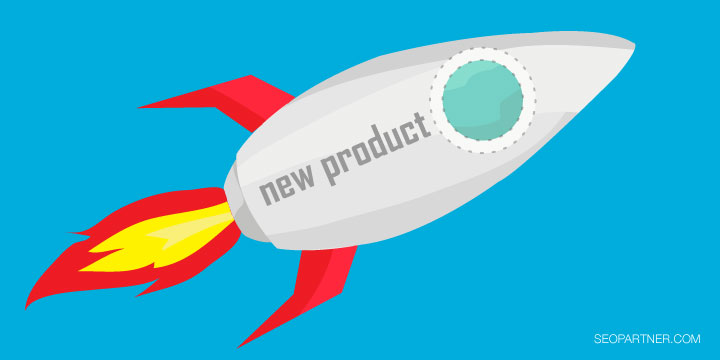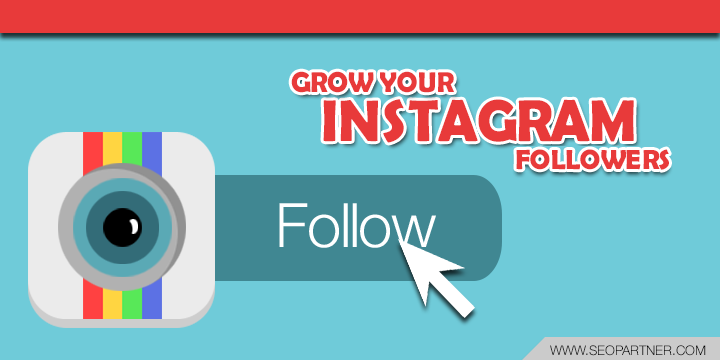Source: http://www.toprankblog.com/2015/12/3-remarketing-campaign-tips/
With the huge number of options that have become available, it can become confusing and could also become a bit of an annoyance. The tips here will be able to provide you a solution to some of the simplest problems you may encounter when you create your initial remarketing audiences.
1. Let your campaign goal be the guide
The same as any other marketing program, you would prefer to have a clear objective. One that should provide the answer to creating your initial audience.
The visitors, pages, events and goals you would want to incorporate into your audience should be dictated by the goal. You need to have a wider reach to your audience if you want them to look at your most recent case study or whitepaper. And you can do this by making use of all the pages you have on your website. Let your goals be the primary focus if your aim is to focus on people that haven’t made a purchase in a couple of months.
So long as the campaign goal is the main focus, your campaign is likely to be successful.
2. Build an audience of captivated new users
You want your initial audience to be captivated by whatever it is you put out there, it doesn’t matter what kind of a goal it is that you have. The most notable question that a lot of marketers neglect to ask their audience is, do their new visitors actually give a damn? You can get the answer to this by taking a look at the bounce rate of your site’s pages or how your visitors are actually funneling through your website.
People simply land a page, so what? There is actually no point in remarketing to them. It is vital that you setup additional filters around engagement with your audience. For example, Pages per Session or Session Duration are a couple of great places to start with.
This will guarantee that you remarket to people who actually have interest in what you have got to say or offer.
3. Create a late funnel and the nurture your audience
There is tremendous success seen in building audiences that are focused on consumers that have taken a particular step in a website but have not converted into a sale.
One good example of this is a group of people that have viewed videos, and downloaded a whitepaper but did not ask for a demo. There could also be individuals that have signed-up for a free trial or have placed items in their shopping cart but have not completed the actual purchase.
These are the campaigns that normally have the most success, those that continue to nurture the prospects mentioned above based on their interests.
Technology constantly advances, and as it does, it provides us even more tools as well as opportunities to gather and put out more valuable information to customers whereever they may be searching from. It’s always important to take note that in today’s world, a potential customer that had visited your site and didn’t convert into sales isn’t always a lost prospect.




